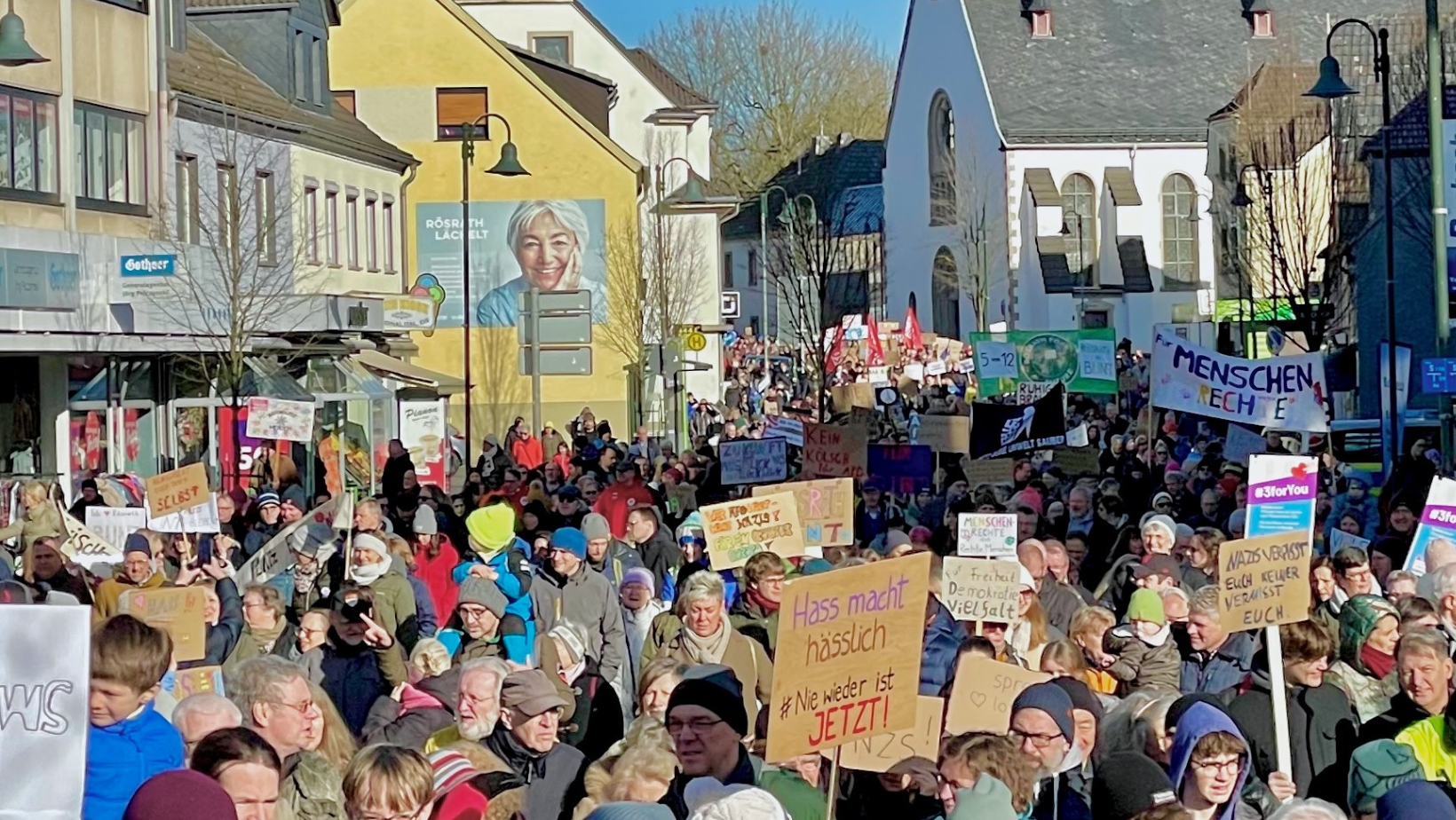Menü

W3C - News
- W3C opens Advisory Board (AB) election
The W3C Advisory Committee, having nominated six individuals, is invited today to vote until 29 May 2024 to fill five seats in the W3C Advisory Board (AB) election. Please, read the statements of the nominees.Created in March 1998, the Advisory Board provides ongoing guidance to the W3C Team on issues of strategy, management, legal matters, process, and conflict resolution. The Advisory Board also serves the W3C Members by tracking issues raised between Advisory Committee meetings, soliciting Member comments on such issues, and proposing actions to resolve these issues. The Advisory Board manages the evolution of the Process Document. The Advisory Board hears appeals of Member Submission requests that are rejected for reasons unrelated to Web architecture. For several years, the AB has conducted its work in a public wiki.The elected Members of the Advisory Board participate as individual contributors and not representatives of their organizations. Advisory Board participants use their best judgment to find the best solutions for the Web, not just for any particular network, technology, vendor, or user.
- Draft Notes: Thai and Lao Layout Requirements
The Internationalization Working Group has published Thai Layout Requirements and Lao Layout Requirements as Draft Notes. These two documents respectively describe or point to requirements for the layout and presentation of text in languages that use the Thai and Lao scripts. The target audiences are developers of Web standards and technologies, such as HTML, CSS, Mobile Web, Digital Publications, and Unicode, as well as implementers of web browsers, ebook readers, and other applications that need to render Thai or Lao text.
- IMSC Hypothetical Render Model is a W3C Recommendation
The Timed Text Working Group published IMSC Hypothetical Render Model as a W3C Recommendation. This specification specifies a Hypothetical Render Model (HRM) that constrains the presentation complexity of documents that conform to the Text Profiles specified in any edition of Internet Media Subtitles and Captions ([IMSC]).The objective of the HRM is to allow subtitle and caption authors and providers to verify that the content they provide does not exceed defined complexity levels, so that playback systems can render the content synchronized with the author-specified display times.The model is not intended as a specification of the processing requirements for implementations. For instance, while the model defines glyph cache for the purpose of modelling how the number of glyph drawing operations can be reduced, it neither requires the implementation of such a cache, nor models the sub-pixel glyph positioning and anti-aliased glyph rendering that can be used to produce text output.Furthermore, the model is not intended to constrain readability complexity.
- W3C Invites Implementations of Securing Verifiable Credentials using JOSE and COSE
The Verifiable Credentials Working Group invites implementations of the Candidate Recommendation Snapshot of Securing Verifiable Credentials using JOSE and COSE. This specification defines how to secure credentials and presentations conforming to the Verifiable Credential data model with JSON Object Signing and Encryption (JOSE), Selective Disclosure for JWTs, and CBOR Object Signing and Encryption (COSE). This enables the Verifiable Credential data model to be implemented with standards for signing and encryption that are widely adopted.Comments are welcome via the GitHub issues by 25 May 2024.
- Group Note: Vision for W3C
The W3C Advisory Board has published a Group Note of Vision for W3C. The document articulates W3C’s mission, what W3C is, what it does and why that matters, and the values and principles by which it operates and makes decisions. This version is the first public Note published by Advisory Board consensus, developed with the community, as a first step towards creating a W3C-endorsed W3C-wide Vision for the organization, to be ultimately published as a W3C Statement.
- Updated Candidate Recommendation: Web Neural Network API
The Web Machine Learning Working Group invites implementations of an updated Candidate Recommendation Snapshot of Web Neural Network API. This document describes a dedicated low-level API for neural network inference hardware acceleration.The Web Neural Network API defines a web-friendly hardware-agnostic abstraction layer that makes use of Machine Learning capabilities of operating systems and underlying hardware platforms without being tied to platform-specific capabilities. The abstraction layer addresses the requirements of key Machine Learning JavaScript frameworks and also allows web developers familiar with the ML domain to write custom code without the help of libraries.Comments are welcome via the GitHub issues by 1 October 2024.
- Draft Note: Khmer Layout Requirements
The Internationalization Working Group has published a first Draft Note of Khmer Layout Requirements. This document describes or points to requirements for the layout and presentation of text in languages that use the Khmer script. The target audience is developers of Web standards and technologies, such as HTML, CSS, Mobile Web, Digital Publications, and Unicode, as well as implementers of web browsers, ebook readers, and other applications that need to render Khmer text.
- W3C Invites Implementations of Data Integrity BBS Cryptosuites v1.0
The Verifiable Credentials Working Group invites implementations of the Candidate Recommendation Snapshot of Data Integrity BBS Cryptosuites v1.0. This specification describes a Data Integrity Cryptosuite for use when generating digital signatures using the BBS signature scheme. The Signature Suite utilizes BBS signatures to provide selective disclosure and unlinkable derived proofs.Comments are welcome via the GitHub issues by 4 May 2024.
- RDF Dataset Canonicalization is a W3C Proposed Recommendation
Today the RDF Dataset Canonicalization and Hash Working Group published RDF Dataset Canonicalization as a W3C Proposed Recommendation. RDF describes a graph-based data model for making claims about the world and provides the foundation for reasoning upon that graph of information. At times, it becomes necessary to compare the differences between sets of graphs, digitally sign them, or generate short identifiers for graphs via hashing algorithms. This document outlines an algorithm for normalizing RDF datasets such that these operations can be performed.
- Hiring: Accessibility Content Specialist (worldwide); Technical Specialist (USA)
We are excited to announce two immediate job openings to join the highly-collaborative international W3C WAI team:Accessibility Content Specialist: We are seeking an Accessibility Content Specialist, for full-time remote work on digital accessibility materials.Web Technical Specialist: We are seeking a Web Technical Specialist, for full-time remote work in the USA, on a project developing the technical infrastructure to support accessibility materials development and delivery.
Aktuelle Termine
GRUENE.DE News
<![CDATA[Neues]]>
- Machen, was zählt: Unsere Motive zur Europawahl 2024
Zur Europawahl 2024 machen wir klar: Dagegen zu sein ist einfach. Wir machen es uns nicht einfach. Wir schützen unseren Frieden, erneuern [...]
- Grüne Kampagne Europawahl 2024
Dagegen zu sein ist einfach. Wir machen es uns nicht einfach. Wir schützen unseren Frieden, erneuern unseren Wohlstand und verteidigen unsere [...]
- Europawahlprogramm 2024
Zur Europawahl am 9. Juni 2024 haben wir die Möglichkeit, zu erhalten, was uns stärkt, und zu stärken, was uns schützt. Es geht um Frieden und [...]
